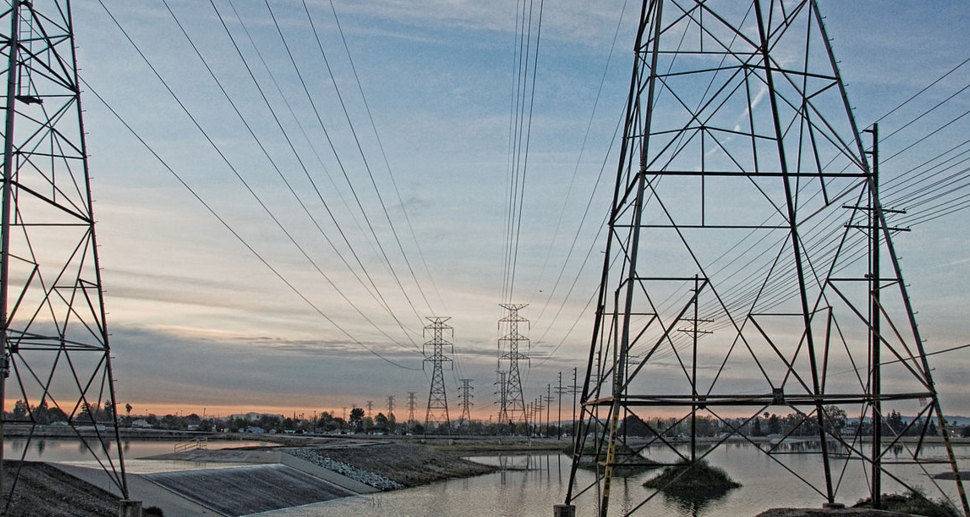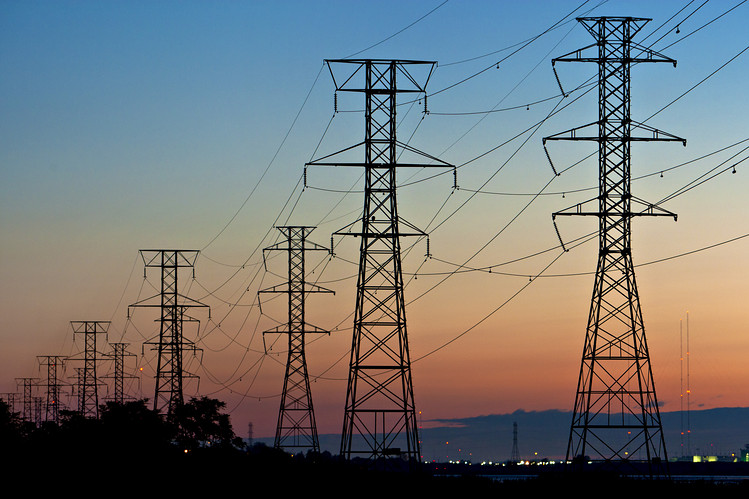Federal data shows WIND and SOLAR energy overtaking coal for the first time
07/07/2023 / By Zoey Sky

According to new data from the Energy Information Administration (EIA), both wind and solar power have generated more electricity than coal for the first time in the history of the United States.
The federal figures showed that wind and solar sources produced a combined 252 terawatt hours (TWh) of electricity in the first five months of 2023, compared with coal’s output of 249 TWh.
This marks the first time that renewable energy has outperformed coal without including hydroelectric power in the count.
The milestone is a result of the continuing decline of coal usage in America, as coal facilities have closed and are replaced by renewable energy and natural gas energy sources.
When it was at its peak in 2007, coal accounted for 49.9 percent of the country’s energy production.
Chris Higginbotham, a spokesperson for the EIA, explained that the official estimates from the Electric Power Monthly reveal that “combined electricity generation from wind and solar exceeded generation from coal in January, February and March.”
The EIA’s real-time data, which is subject to revision, suggest that the trend continued in April and May. (Related: To infinity and beyond: Space-based solar power eyed for cleaner energy.)
Ukraine-Russia conflict linked to 2022 increase in coal demand
The news comes after a brief resurgence in coal demand last year, caused by Russia’s special military operation in Ukraine and the rebounding of post-pandemic economies which both sent natural gas prices skyrocketing. But energy markets have changed significantly since 2022.
A relatively mild winter and a slowing U.S. economy have resulted in a three percent decline in electricity demand this 2023. Meanwhile, natural gas production has continued to climb. This resulted in an oversupply of gas followed by low prices.
Henry Hub, the national benchmark for gas prices, averaged $2.15 per million British thermal units in May, down from a high of $8.81 in August 2022.
Analysts advised that coal plants will have difficulty competing against gas in that market. They added that structural factors also contributed to the decline in coal output.
America has shut down around 14 gigawatts of its coal capacity, or an estimated seven percent of its coal fleet, since the start of 2022.
Since April 2022, U.S. fossil fuel emissions have declined by 5.6 percent, according to the emissions tracker Carbon Monitor.
This change points to a shift in focus of U.S. energy policy toward more carbon-neutral energy sources, which has led to the closing down of many coal plants throughout the country.
In a forecast in May, EIA Administrator Joe DeCarolis said the agency expects that the U.S. will generate less electricity from coal in 2023 than in any year this century.
“As electricity providers generate more electricity from renewable sources, we see electricity generated from coal decline over the next year and a half,” continued DeCarolis. But despite the changes, fossil fuels continue to dominate the U.S.’s power generation.
Natural gas is still the largest source of power in the U.S., making up at least 39 percent of U.S. electricity in 2022. Experts say it is expected to fall to 38 percent this year and 37 percent in 2024.
Visit Power.news to learn more about renewable energy sources like wind and solar energy.
Watch the video below to find out how people can generate energy at home.
This video is from the Ferdinan channel on Brighteon.com.
More related stories:
Energy commissioner warns: America heading toward power grid “reliability crisis.”
Researchers discover cheaper and more efficient way to produce hydrogen through electrolysis.
More efficient vertical wind turbines could be the future of wind farms.
World’s “most powerful” tidal turbine starts generating electricity.
Sources include:
Submit a correction >>
Tagged Under:
coal, electricity grid, energy, energy supply, fuel supply, green energy, green living, Green New Deal, natural gas, power, power grid, renewable energy, solar energy, solar power, sustainable energy, wind energy, wind farms, Wind Turbines
This article may contain statements that reflect the opinion of the author
RECENT NEWS & ARTICLES
PowerGrid.News is a fact-based public education website published by Power Grid News Features, LLC.
All content copyright © 2018 by Power Grid News Features, LLC.
Contact Us with Tips or Corrections
All trademarks, registered trademarks and servicemarks mentioned on this site are the property of their respective owners.




















